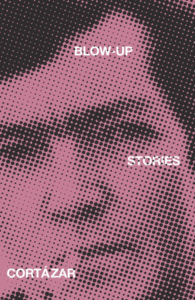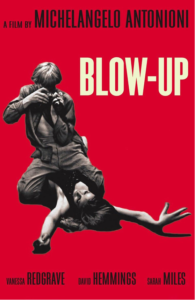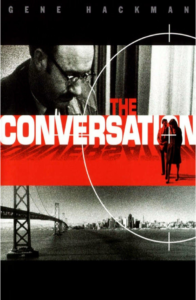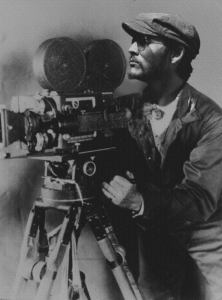I slept and dreamt
that life was joy.
I awoke and saw
that life was duty.
I worked – and behold,
duty was joy.
– Rabindranath Tagore
Work, Hunger, Give
How to Enjoy Life in the Real World
For some time now in America there has been a gradual rise of a sort of popular science of happiness that is fundamentally flawed.
It is epitomized in the bestselling book and movie Eat, Pray, Love. The book/movie, you may remember, is about a 34-year-old writer who suddenly becomes unhappy with her affluent life… decides it’s her husband’s fault… divorces him… and then spends a year in Italy (eating), India (praying), and Bali (recuperating?), where she finds what her life was lacking: a younger, handsomer, richer, and more exotic version of the man she divorced.
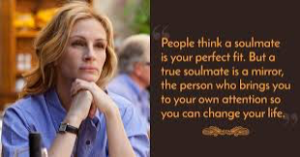
It’s a great title. But in terms of the idea behind it, it should have been called Live Like a Hedonist. Think Like a Fatalist. Act Like a Solipsist.
Hedonism, in the contemporary sense, is the idea that happiness comes from filling oneself with all the luxurious things life has to offer – gourmet food, fine wine, exotic experiences, etc.
Fatalism, to the modern mind, is represented in the adolescent notion that happiness can be achieved by finding one’s soul mate and discovering one’s passion.
Solipsism has infested itself into virtually every corner of popular modern psychology – the belief that happiness starts from taking the time to pay attention to and love oneself.
In Eat, Pray, Love – and a thousand TV shows, magazine articles, etc. – we are given blueprints on how to apply these ideas to rid ourselves of doubts and anxieties and bouts of depression and become our “best selves.”
We all know or have known people whose weltanschauung is filtered through these notions. They are called adolescents.
Adolescence is a stage of life where children move from 11 or 12 years of being cared for to adulthood, where they have to take care of themselves. Adolescence is mostly about the freedom to make mistakes and suffer the consequences. This is why, for most of us, adolescence is so painful.
But there are some for whom their teenage years are not painful, but graceful and easy. These are the “privileged” few whose parents, for whatever reason, have decided to continue to baby their babies forever.
This results in 20- and 30-year-olds that act like adolescents – spoiled, self-centered, and incapable of fending for themselves. You know them by the behaviors they exhibit:
* An extraordinary lack of self-awareness, leading to…
* An unconscious sense of entitlement about almost everything, leading to…
* Putting themselves at the head of every line…
* Inserting themselves in the midst of every conversation…
* Assuming that their problems are uniquely challenging and should be a grave concern for others.
Properly raised adults know that life doesn’t work that way. Having suffered through adolescence, they are able to move into the workforce, get married, and have children, with the realistic expectation that all of these experiences will be difficult.
Life, they have learned, is not meant to be an uninterrupted pleasure cruise. For those that have thought seriously about the matter, the central question is not how to best enjoy life, but rather how to get through it with the least amount of suffering.
This is, of course, a central tenet of Buddhism and an issue that has been dealt with by every important moral philosopher, starting with Aristotle.
For Albert Camus, for example, “to decide whether life is worth living is to answer the fundamental question of philosophy.” Every other question, he wrote in The Myth of Sisyphus, is “child’s play.”
For Rabindranath Tagore, life was a duty, an obligation – and happiness came as a result of meeting that obligation. (See excerpt from one of his poems at the top.)
In Yes to Life: In Spite of Everything, Viktor Frankl, expanding on Tagore’s idea, noted that the happiness in life “cannot be pursued, cannot be ‘willed into being’ as joy; rather, it must arise spontaneously…. Happiness should not, must not, and can never be a goal, but only an outcome.”
Over many years of failing to achieve happiness through gluttony, hedonism, and fatalism, I’ve discovered what most of the moral philosophers have always said: Not only can happiness not be (in Frankl’s words) “willed into being,” it can only be achieved by focusing outside of the self.
What I’ve learned so far (and I’m still learning) is that there are three distinct types of activities that bring happiness without fail. Instead of Eat, Pray, Love, they are Work, Hunger, and Give.
Work
Instead of searching for the career that you are passionate about… or for some person or entity (such as the government) to end your suffering… get to work on doing something – anything – that is about someone or something other than you. Stop blaming fate for your troubles. Stop blaming others for your fate. Take responsibility for the person you are and the place you find yourself.
Forget all the things you hate about your job. Focus on doing a better job, on becoming a better worker, on working to make the lives of everyone you work with and for better.
Rather than spending your time complaining about all the ways you are victimized by society, work on improving the society you actually live in.
Hunger
This is a realization that came to me only recently. And it came from keeping a journal. I would read my journal from time to time for the particular purpose of discovering what sort of activities made me happy. One was practicing Jiu Jitsu. Another was reading a new book. A third was practicing the French horn. The common denominator was learning. I discovered that I am happy when I am learning.
Learning is the opposite of gluttony. Learning is a hunger for knowledge – a hunger to have new experiences and develop new skills. Feasting on things like food or comfort or luxury gives a momentary sense of pleasure that is inevitably followed by a longer period of physical and/or spiritual dullness and, often, by self-recriminations and regret. Feasting on learning brings continued and long-lasting pleasure.
Give
Instead of looking to be loved and to surround yourself with people that love you, look to give love to everyone around you.
Instead of always striving to increase your personal wealth, spend some time striving to give it away responsibly.
Instead of conniving to get the better of the hundreds of big and little negotiations in your life, use your smarts to make sure that the other person gets what he or she needs.
Do all of the above, and you will not only discover that you actually like what you do and who you are… you may even attract the person who ends up being your soulmate.

